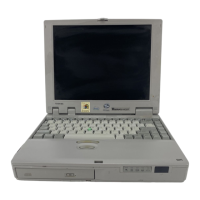
Do you have a question about the Toshiba Tecra 510CDT and is the answer not in the manual?
| Storage | 2.1 GB HDD |
|---|---|
| Display | 12.1-inch TFT |
| Resolution | 800 x 600 |
| Optical Drive | CD-ROM |
| Operating System | Windows 95 |
| Ports | Serial, Parallel, VGA |
| Battery | Li-Ion |
Defines critical applications and disclaims Toshiba's liability for their use.
States compliance with FCC rules for digital devices and interference.
Declares compliance with Canadian ICES-003 and EU R&TTE Directive.
Advises on safe usage practices regarding radio frequency exposure limits.
Lists countries and regions where wireless devices are approved for use.
Covers Japanese device authorization and U.S. export control regulations.
Explains the structure and content of the user's guide.
Lists available documentation, including online resources and guides.
Outlines available service programs and product information resources.
Guidelines for selecting a place to work and maintaining comfortable posture.
Steps for connecting power, charging the battery, and initial hardware setup.
Turning on the computer and configuring initial software and user registration.
Procedures for shutting down the computer and managing display panel closure.
Explains keyboard layout, character, function, and special keys.
Methods to launch applications via Start menu, Explorer, or Run dialog.
Procedures for saving work, printing, and using file extensions.
Instructions for using optical drives and PC Cards.
Procedures for SD cards, office use, and computer security.
Options for shutting down, Standby, and Hibernation modes.
Explains energy-saving features designed to extend battery life.
Covers battery types, charging procedures, and monitoring battery status.
Safety precautions, tips for maximizing battery life, and safe disposal.
Discusses power usage profiles, hot keys for power modes, and additional power options.
Customizing Fn keys for shortcuts and program launching.
Configuring hardware settings, BIOS, and device options.
Managing power profiles, settings, and battery saving options.
Configuring docking, Slim SelectBay, and display settings.
Setting user and supervisor passwords for system security.
Tool for diagnosing hardware and device problems.
Explains instant and power-on passwords for Windows security.
Step-by-step guide to setting and deleting power-on passwords.
Procedures for setting and deleting supervisor passwords for system configuration.
Setting user and master passwords for hard disk security.
Addresses program unresponsiveness and illegal operations.
Troubleshooting when the computer won't start or has boot issues.
Resolving OS errors, startup failures, and display problems.
Steps to identify, diagnose, and resolve hardware conflicts using Device Manager.
Diagnosing issues for memory, power, keyboard, disk, optical drive, sound, and PC cards.
Common issues with modem connectivity and printer functionality.
Guidance on contacting support and utilizing available resources.
Explains hot keys for volume mute and instant password security.
Details hot keys for power profiles, Standby, and Hibernation modes.
Covers hot keys for display modes, brightness, and keyboard functions.
Lists hot keys for cursor control, numeric overlay, scroll lock, and display resolution.
Illustrates typical AC power cord connectors used worldwide.
Introduces ConfigFree utilities like Connectivity Doctor, device search, and profile settings.
Using Search for Wireless Devices and Quick Connect for network setup.
Creating and managing network profiles for different environments.
Configuring automatic switching between wired and wireless networks.
Lists and defines common acronyms used in the manual.
Defines important technical terms and concepts related to computer usage.
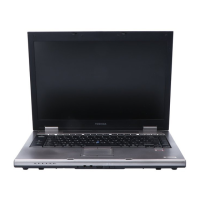

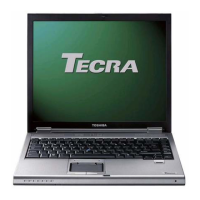
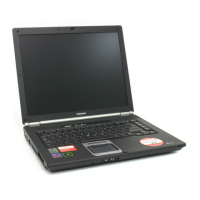
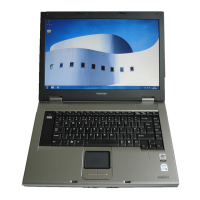

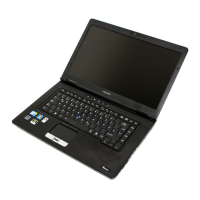
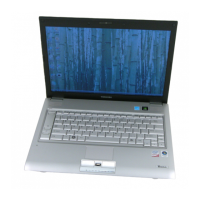


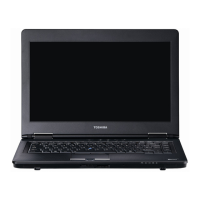

